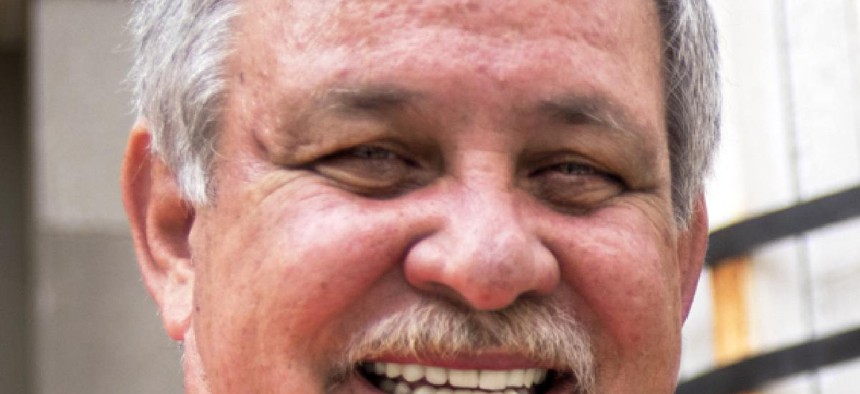Without federal heating funds, NY's most vulnerable would be left in the cold

President Donald Trump’s proposed federal budget included cuts to health and human services, including eliminating the Low Income Home Energy Assistance Program, commonly known as LIHEAP.
LIHEAP, which received $3.4 billion in funding last year, helps low-income households pay for heating their homes. It also provides assistance with upgrading and weatherizing homes to become more efficient. LIHEAP reaches the nation’s most vulnerable populations, including children, people with disabilities and senior citizens. Cutting this program will affect more than 1.3 million families nationwide and over 150,000 families in New York state.
Throughout the years, HeartShare Human Services of New York has cultivated a vast network of utility companies, elected officials and community organizations, who have come together in a bipartisan effort to focus on what’s important – delivering small grants of $200 to $350 to the neediest energy customers in 60 of New York’s 62 counties.
HeartShare administers four energy funds to low-income households in partnership with National Grid, Consolidated Edison, New York State Electric and Gas Corp. and Rochester Gas & Electric. Some of those programs require that applicants exhaust LIHEAP funds first.
What does a typical applicant look like? They might be a person earning no more than 150 percent of the federal poverty level, or less than $20,000 annually. Or parents scrambling to get their electricity restored, so that a child welfare agency doesn’t take their children away. Maybe they are a family with no heat and no choice but to go to a shelter on a cold winter night. Or a cancer patient who has exhausted all other financial resources and has nowhere else to turn. An elderly neighbor or veteran on a fixed income, too proud to ask for help. My team and I helped administer grants to more than 24,000 of those New Yorkers last year.
Households receiving LIHEAP benefits are choosing between heating their home and other basic necessities, such as rent, medicine or food. No one should be facing a “heat or eat” dilemma. In its studies on energy insecurity, the National Center for Children in Poverty identified LIHEAP as the main safety net for energy assistance. LIHEAP also offers what the center says this group needs most: energy-efficient retrofits and interventions. Unfortunately, the president’s proposed budget also calls for the elimination of the U.S. Department of Energy’s Weatherization Assistance Program.
This is a critical time to pause and take note of the role human services plays in our lives. Some may think our work does not apply to them. That couldn't be further from the truth. In New York City, more than half of all children are low income and nearly 9,000 are in foster care. One in five suffer from a mental health disorder and more than 60,000 people are homeless. One in 68 children nationally are diagnosed with autism every year. HeartShare and its family of services have innovated programs to tackle all of those crises and respond to the needs of the community.
LIHEAP is a high-impact program reaching our neediest neighbors and friends, which is why it has been funded by the federal government every year since its inception in 1980. It’s why my team and I travel down to Capitol Hill during LIHEAP Action Week every year. With the depressed state of the economy since the housing crash, the rising cost of utilities, as well as brutal, often unpredictable, winter weather, applicants need those dollars more than ever. LIHEAP is a small price to pay to keep families healthy and safe.
Joseph Guarinello is the vice president of energy assistance and community development at HeartShare Human Services of New York, which nurtures and empowers more than 36,000 vulnerable New Yorkers each year.
NEXT STORY: State budget update: Cuomo’s fixation on Trump